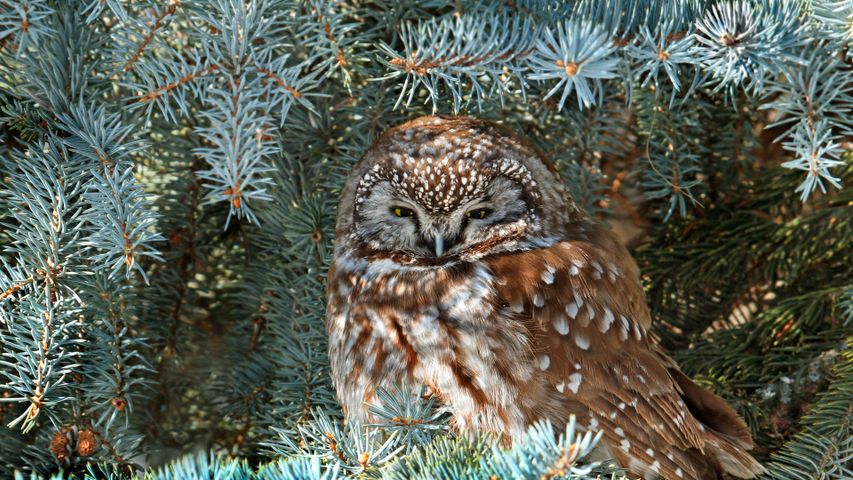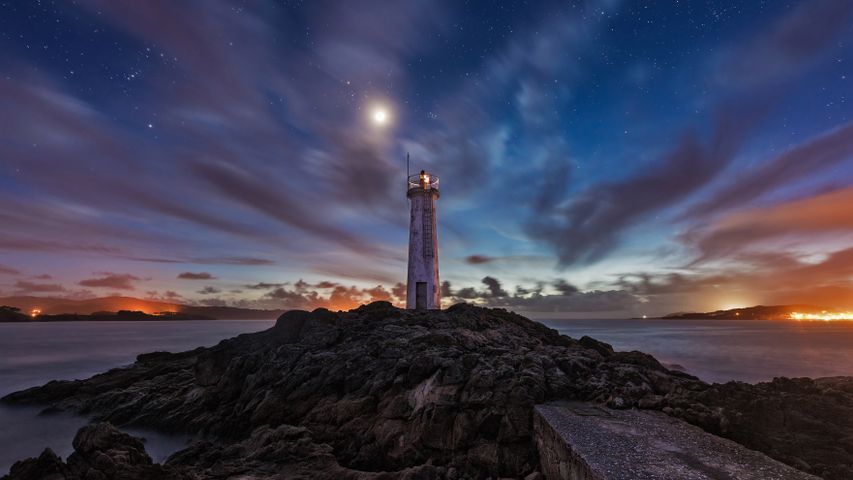Multicolored lobster buoys, Acadia National Park, Maine
© Cheri Alguire/Shutterstoc
Lobster tales
It's peak lobster season in Maine, and colorful wooden buoys like these are marking lobster traps (or 'pots') along the state's coastline. Each lobsterman or woman has a unique color and pattern to their buoys, and designs are frequently passed down through generations. When not being put to use, lobster buoys are often hung from the sides of barns and sheds—they're an iconic sight in coastal Maine.
The state of Maine is known as 'Vacationland' for a reason—it has a year-round population of just 1.3 million people, but it welcomes more than 10 million visitors in a typical summer. And for most, a visit to Maine isn't complete without a taste of broiled lobster tails, lobster bisque, or lobster rolls. The sweet lobster meat (dipped in butter, of course) wasn't always so revered. Lobsters were once considered trash fish; they were so abundant they could be gathered by hand on beaches, were fed to prisoners, and were used as fish bait and fertilizer. Americans' feelings toward lobster changed in the mid-1800s, mostly because newly laid railroad tracks enabled businesses to ship live Maine lobsters (packed in ice) to cities around the country. Soon discriminating diners in New York and Boston put the lowly lobster on a culinary pedestal.
Related Images
Bing Today Images


 Christmas market scene in Germany
Christmas market scene in Germany
 Christmas tree in Castle Square, Old Town, Warsaw, Poland
Christmas tree in Castle Square, Old Town, Warsaw, Poland
 Boreal owl, Saskatchewan, Canada
Boreal owl, Saskatchewan, Canada
 Poinsettias
Poinsettias
 Rockefeller Center Christmas tree, New York City
Rockefeller Center Christmas tree, New York City
 Miniature holiday scene in Strasbourg, France
Miniature holiday scene in Strasbourg, France
 Amalga Harbor, Alaska
Amalga Harbor, Alaska
 Christmas tree of the Galeries Lafayette in Paris, France
Christmas tree of the Galeries Lafayette in Paris, France



